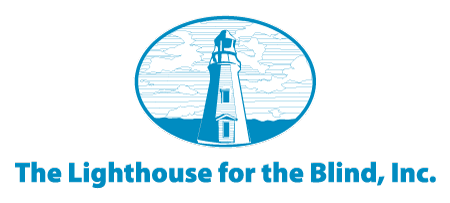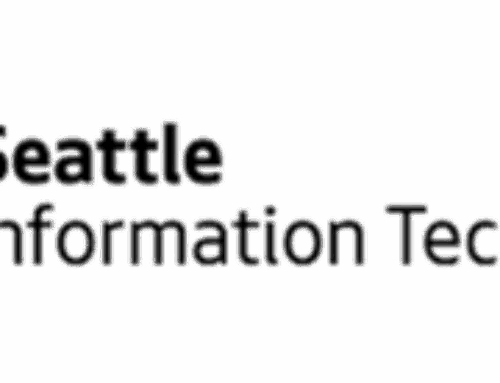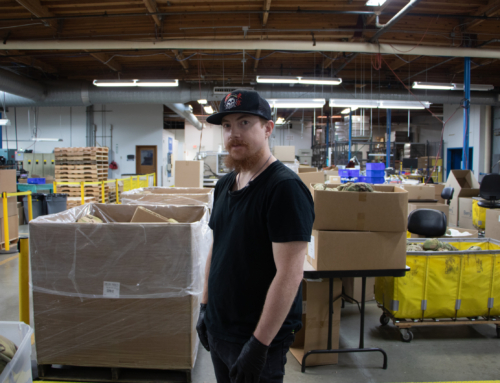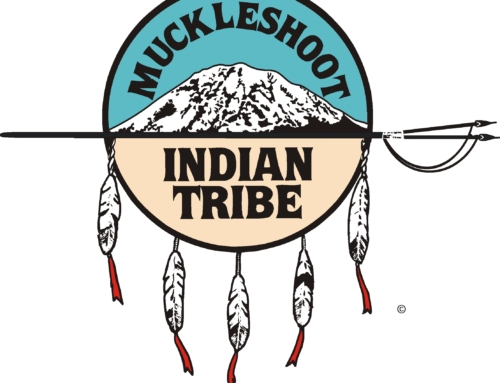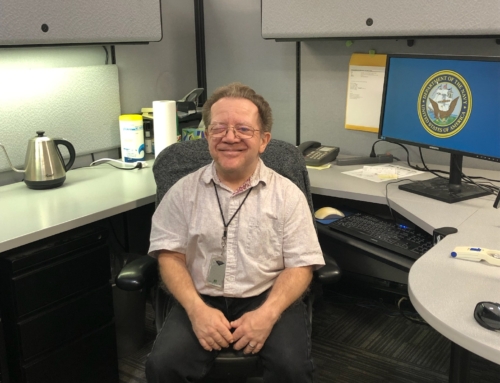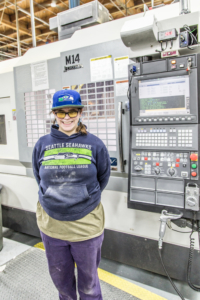
Rachel Talley
My name is Rachel Talley, I am 27-years old and live in Everett, WA. I enjoy the same things that all 27-year-old women enjoy – hanging out with my friends and precision machining.
Doing physical work gives me confidence; I like working with my hands and don’t mind getting dirty. I’m usually found up to my elbows in grease, which is not unusual around the Lighthouse. But I do tend to stand out; I am proud to be the first woman at the Lighthouse to go through any of the Aerospace Joint Apprenticeship Committee (AJAC) programs and am on my way to earning a certificate in Precision Metal Fabrication.
Rachel Talley’s History
I was born with cataracts, a condition that prevents normal movement of light through my eye to the retina. When I was older I developed glaucoma, taking away more of my vision. I was only a few courses away from receiving my Associates Degree at Everett Community College when I decided to change course and come to the Lighthouse. The Lighthouse as a company was already well known to me, because my father had worked in the past as a Production Supervisor of the Annex at the Lighthouse’s Seattle facility. I began working at the Lighthouse in 2015 as a Production Worker.
Moving Up
Over time I saw my position in the Machine Shop as more than an end in itself; it was an opportunity to learn and gain experience. Today, I am a Senior Aerospace Production Worker at the Lighthouse’s Seattle facility making parts for The Boeing Company and other aerospace companies. The Lighthouse is committed to providing the opportunity for me and other blind and DeafBlind employees to further our careers at the Lighthouse and beyond.
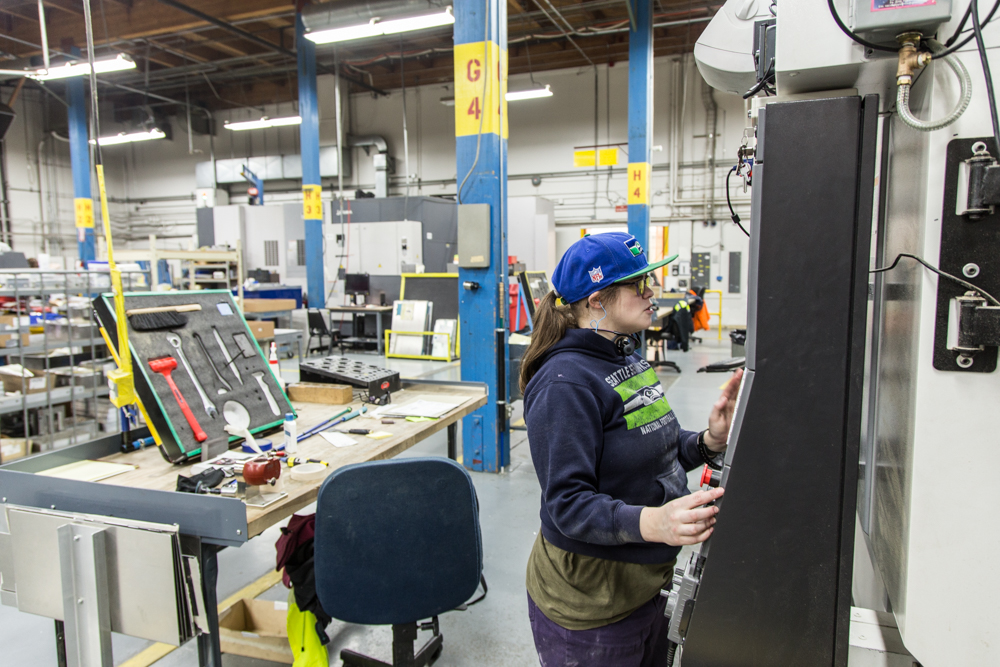
Rachel Talley operating an Okuma CNC Machine
The AJAC Training Program
The AJAC program works with individuals in Washington State to help create the next generation of highly skilled aerospace and advanced manufacturing workers. I have to go through extensive training. I must complete 4,000 hours of on-the-job training within two years and attend a four-hour class one night a week to earn my certification. The apprenticeship is a lot more difficult than people think it is, especially the coursework. It takes time and commitment. I know that after I am done with the program I will be able to take on more responsibility at the Lighthouse and help train other employees in the Machine Shop.
The Impact of Support
Although it’s true every Lighthouse employee who goes through the AJAC program can work at any other manufacturing company, provided the work environment is accessible, the Lighthouse takes pride in making sure each individual who is blind and DeafBlind has that opportunity. In the Machine Shop, it costs over $7,500, and takes over two days to program and equip a single Okuma Computerized Numerical Control (CNC) Machine to be accessible. Time, effort, and money go into making sure every employee is set up to succeed. The Lighthouse works with employees to create customized workstations that include braille and large print displays, and voiced measuring devices for individuals who are blind and DeafBlind.
- $30 can add a speaker on a CNC machine for voice output for a blind operator
- $55 can enable someone who is blind or DeafBlind to use a CNC machine through a large print keyboard and USB hub
- $180 provides one-hour of programming to create accessible operator software on a CNC machine
- $290 provides a high contrast and large print monitor to be attached to a CNC machine for low vision and DeafBlind operators
- $600 can add a caliper reader to measure parts with braille and large print readout for a blind or DeafBlind machine operator on a CNC machine
- $1,200 can enable someone who is blind or DeafBlind to use a CNC machine through JAWS screen reading software
- A gift of any size can empower individuals who are blind and DeafBlind to excel in their exciting and meaningful careers at the Lighthouse.
The ongoing support of the community has helped the Lighthouse be able to provide so many jobs to people who are blind and DeafBlind but still, 70% of people who are blind in the United States are unemployed today. I am thankful to be able to come to work every day at the Lighthouse, have access to the same information my sighted coworkers have and not be treated differently because of my vision loss.
